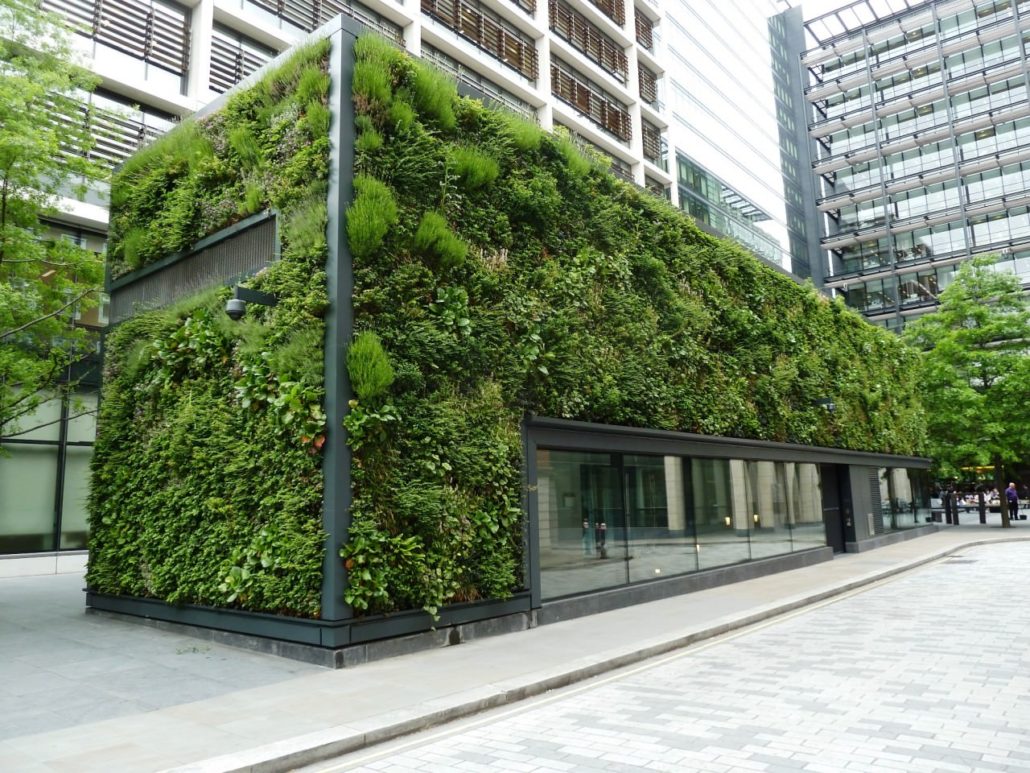
Eco-Friendly Oasis: Unveiling the Wonders of Green Roofs and Walls
Green roofs and walls, also known as living roofs and vertical gardens, have emerged as innovative solutions that seamlessly blend environmental sustainability with architectural aesthetics. These eco-friendly installations transform urban landscapes, providing a host of benefits that extend beyond visual appeal.
The Concept of Green Roofs:
Green roofs involve the cultivation of vegetation on building rooftops. These installations range from simple grass coverings to more elaborate gardens with a variety of plant species. The concept of green roofs dates back centuries, with ancient civilizations incorporating plant life on structures for insulation and cooling purposes.
Environmental Benefits of Green Roofs:
The environmental advantages of green roofs are multifaceted. Firstly, they act as natural insulators, reducing the need for excessive heating or cooling within buildings. Secondly, they absorb rainwater, preventing stormwater runoff and reducing the risk of flooding. Lastly, green roofs contribute to urban biodiversity by creating habitats for birds, insects, and other wildlife.
Energy Efficiency and Temperature Regulation:
One of the primary benefits of green roofs is their contribution to energy efficiency. The vegetation on the roof acts as a natural barrier, providing insulation that helps regulate indoor temperatures. This reduces the reliance on artificial heating and cooling systems, leading to lower energy consumption and decreased carbon emissions.
Enhancing Air Quality and Oxygen Production:
Green roofs contribute to improved air quality in urban areas. The plants absorb pollutants and filter particulate matter from the air, acting as a natural air purification system. Additionally, the photosynthetic process of plants results in the release of oxygen, enhancing the overall air quality in the vicinity.
Stormwater Management:
Traditional roofs contribute to stormwater runoff, which can overwhelm drainage systems and lead to flooding. Green roofs, however, absorb rainwater, reducing the volume and velocity of runoff. This natural stormwater management system helps prevent soil erosion, protects water bodies from pollution, and promotes a more sustainable water cycle.
Aesthetic Appeal and Urban Green Spaces:
Beyond their environmental benefits, green roofs add aesthetic value to urban landscapes. They transform barren rooftops into vibrant, green spaces, enhancing the overall visual appeal of buildings. This integration of nature into urban environments contributes to the creation of healthier and more enjoyable living spaces.
The Rise of Vertical Gardens:
In addition to green roofs, vertical gardens or green walls have gained popularity as a space-saving alternative. These installations involve growing plants vertically on walls or other vertical surfaces. Vertical gardens bring the beauty of nature to urban settings, even where horizontal space is limited.
Benefits of Vertical Gardens:
Vertical gardens share many benefits with green roofs, such as air purification, temperature regulation, and the promotion of biodiversity. They also offer additional advantages, including sound insulation and the potential for growing a wide variety of plant species, including herbs and vegetables.
Integration into Urban Design:
Architects and urban planners are increasingly integrating green roofs and walls into their designs. Beyond their environmental and aesthetic appeal, these installations contribute to the creation of sustainable and resilient urban spaces. They provide a blueprint for future developments that prioritize both human well-being and ecological balance.
Green Roofs and Walls at BusinessInc:
At BusinessInc, we are committed to sustainable and eco-friendly practices. Our offices feature green roofs and walls, showcasing our dedication to creating workspaces that harmonize with nature. Explore our green initiatives on our website.
Embracing a Greener Future:
As we continue to grapple with environmental challenges, the integration of green roofs and walls stands out as a practical and aesthetically pleasing solution. These eco-friendly installations not only enhance the resilience of urban environments but also serve as a reminder of the importance of harmonizing human habitats with the natural world. The future of sustainable architecture is indeed green.
